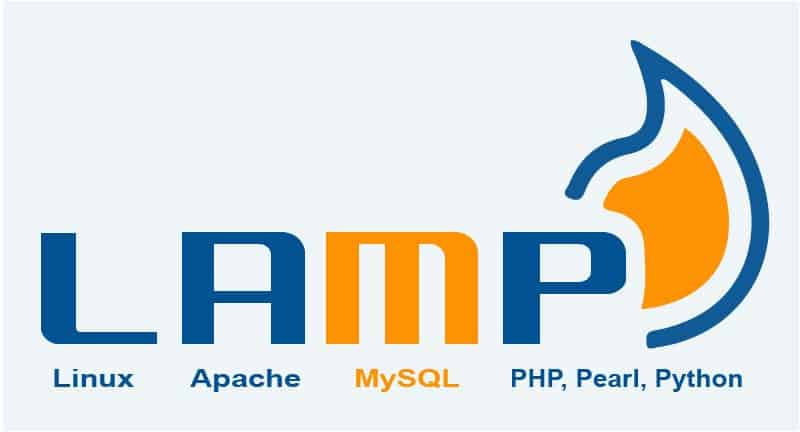Info: We have published an updated and much more in-depth article on the Linux operating system.
What is Linux?
Linux is an operating system derived from the UNIX family of operating systems that is POSIX-compliant and freely distributed through many sites on the Internet. Linux was developed in 1991 by a student from Finland named Linus Torvalds, who still controls the development of the Linux operating system kernel. However, numerous individuals have made important contributions over the years to the operating system.

A typical Linux distribution includes the Linux kernel and supporting files, the GNU C/C++ compiler, the Xfree86 version of the X Windows graphical interface, the Apache web server, and other tools and utilities, plus source code for everything.
Linux is supported by a network of thousands of users and developers who continue to improve its functionality and performance.
Linux is a good starting point for students interested in learning the UNIX operating system. It has also found a niche in some companies for specific server-based solutions such as Web servers and mail gateways, but some corporations are reluctant to utilize free software such as Linux in their mission-critical operations, because there is no single company responsible for its development and support. Recently, companies such as Red Hat have sought to enhance the usability of Linux in the corporate environment by providing technical support along with easy-to-install Linux distribution.
User Interface
The user interface, also known as the shell, is either a command-line interface (CLI), a graphical user interface (GUI), or controls attached to the associated hardware, which is common for embedded systems. For desktop systems, the default user interface is usually graphical, although the CLI is commonly available through terminal emulator windows or on a separate virtual console.
CLI shells are text-based user interfaces, which use text for both input and output. The dominant shell used in Linux is the Bourne-Again Shell (bash), originally developed for the GNU project. Most low-level Linux components, including various parts of the userland, use the CLI exclusively. The CLI is particularly suited for automation of repetitive or delayed tasks and provides very simple inter-process communication.
On desktop systems, the most popular user interfaces are the GUI shells, packaged together with extensive desktop environments, such as KDE Plasma, GNOME, MATE, Cinnamon, Unity, LXDE, Pantheon, and Xfce, though a variety of additional user interfaces exist. Most popular user interfaces are based on the X Window System, often simply called “X”. It provides network transparency and permits a graphical application running on one system to be displayed on another where a user may interact with the application; however, certain extensions of the X Window System are not capable of working over the network. Several X display servers exist, with the reference implementation, X.Org Server, being the most popular.
Linux Servers
Linux distributions have long been used as server operating systems, and have risen to prominence in that area; Netcraft reported in September 2006, that eight of the ten (other two with “unknown” OS) most reliable internet hosting companies ran Linux distributions on their web servers, with Linux in the top position. In June 2008, Linux distributions represented five of the top ten, FreeBSD three of ten, and Microsoft two of ten; since February 2010, Linux distributions represented six of the top ten, FreeBSD three of ten, and Microsoft one of ten, with Linux in the top position.
Linux distributions are the cornerstone of the LAMP server-software combination (Linux, Apache, MariaDB/MySQL, Perl/PHP/Python) which has achieved popularity among developers, and which is one of the more common platforms for website hosting.

